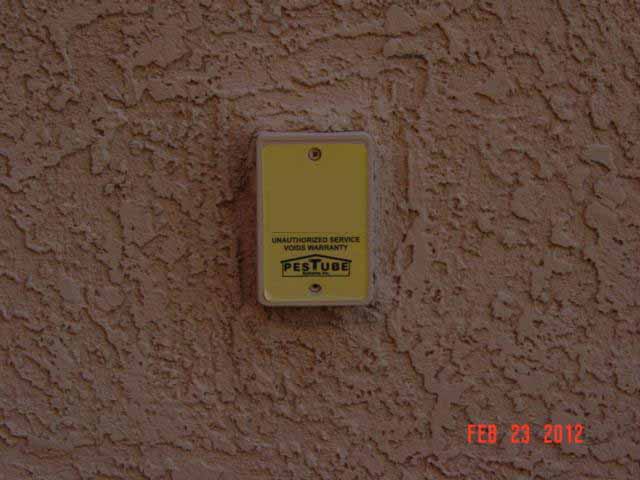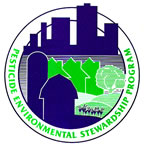Clutter and the bugs…
Sanitation is the key to any commercial restaurant and should be the guiding light to any homeowner. With the spread of bed Bugs nothing has the potential to cause extreme infestations like clutter. The problem is where to begin the treatment and to be successful you must get to all the spots. I don’t care if it’s heat or steam treatment if you can’t get to where the bug is living there is virtually no chance of winning the war against these little biters. This problem extends to cockroaches and rodents as well, clutter is the enemy whether in or around your home.
Inside:
- My theory is that if you haven’t touched the item its time to throw it out or better yet give it to a charity!
- Closets are not a throw and forget place.
- Under beds is also not a very handy place – exceptions include those little plastic cases, at least they are manageable.
Outside
- Never stack firewood against the home, ever!
- The more stuff around the home and in the yard may attract bugs, spiders and rodents.
- Don’t use the shed or garage as a dump site either. If you ever take anything from that area make sure it is clean before bringing it in. Bugs and rodents love to hide in that stuff.
- Attics – you can store boxes up there but again make sure they are empty before bringing anything inside. If you store stuff in a commercial storage facility make sure you check stuff before bringing it home.
CLUTTER IS THE ENEMY! SANITATION IS YOUR FRIEND!











